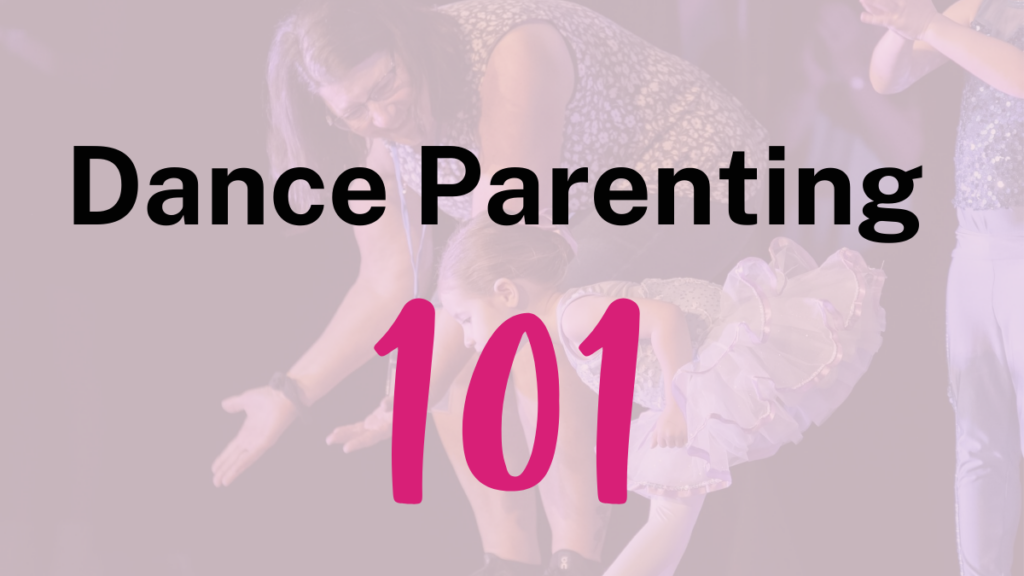Congratulations you have an inspiring artist! Now what? How do you support this creative, artistic learning experience?
My recommendation…follow their lead. Here’s some basic 101’s
Support your dancer. If they’re excited, be excited for them. If they’re nervous, reassure them about all they have done to prepare for class or performance. Hopefully, you’ve found them an environment that works to nurture their goals. Help them recognize their support people – a teacher, class assistant or friend- should they have questions or concerns.
Be Organized. Dance is a creative chaos process at times full of excitement and energy. It helps that the framework that supports it is organized, calm and structured. Sometimes it can be as simple as being on time, other times organizing costumes and dance bags. Take the time to organize your dancer and teach them to organize themselves…life skill!
Help them develop their dance goal plan. Like any goal in life it takes realistic planning. One has to recognize the letters of the alphabet, the sounds each makes, in addition to the blending sounds created by combining letters, then comes reading. Dance is similar…students must learn the foundation of dance including alignment skills, gain core strength, have flexibility and an understanding of how muscles work to execute movement skills, develop their dance vocabulary. This doesn’t happen overnight. Every individual achieves these skills in their own time. Commitment to classwork and creating positive strategies for improvement are key.
Embrace a healthy lifestyle. Dance, like any other physical activity, requires a healthy lifestyle. Demonstrate good food and healthy beverage choices. Regular and consistent sleeping habits are beneficial to combat fatigue and injury prevention. A physical activity such as dance is an opportunity to create healthy habits to last a lifetime.
Realistic expectations. As with most athletes, your body is your tool. Clearly at 4’10’’ I will never be a Rockette but that doesn’t mean I can’t perform in a Tap Performance Group, just not the Rockettes. Your facility (your body) and or skill level will eventually determine opportunities that come your way. Recognize this is sometimes an emotional journey, as is the pursuit of any goal. Be mindful and realistic of your dancer’s abilities which can open doors to opportunities they didn’t see at first glance.
But my dancer is only 3 yrs. old. It doesn’t really matter where she/he goes to class at this age. Speaking from experience, choosing a place for dance education that is based on distance from your house or because their friend goes there, is risky. The problem with this thought process is; it allows your dancer to continue to love dancing while not establishing correct technique, possibly creating bad habits that they will need to replace with good habits. Once you’ve realized that your dancer needs a change in the learning environment in order to continue in their dance education they will have wasted a key learning period and be behind their peers. Opportunities could be lost.
What kind of program is best? I recommend a dance program based in a ballet technique and diverse with other styles such as Modern, Jazz, Lyrical, Tap, Contemporary. Why? The program that is best is the one that continues to grow and challenge your dancer. Goals change, the ones they had at age 5 are different at age 12 and 18. The best you can do is lay a strong dance foundation. That starts with ballet or modern and then adding additional styles, allowing your dancer to enhance their skill set which will open more doors for them in dance and life ….it’s always nice to have options.
Dance allows an individual to develop discipline, express, explore, take risks, gain confidence and create. Dance creates healthy habits that last a lifetime. As a parent of an aspiring dancer you will be surrounded by hair pins, glitter, classes and rehearsals…follow their lead and enjoy the journey!
Dancing Through Life,
Miss Kathleen
